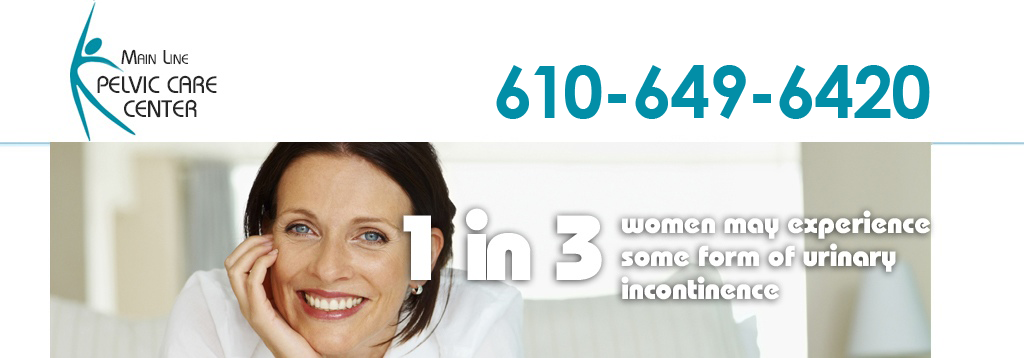
|
Overactive Bladder (OAB) and Urge Urinary Incontinence Very often we do not know the exact cause of bladder dysfunction. Urinary tract infections, hormone changes, vaginal birth, muscular relaxation, fascial nerve damage, radiation treatment, pelvic surgery, and trauma, for instance, may be causes of voiding dysfunction. Voiding dysfunction includes symptoms such as frequency, urgency, and urinary incontinence. An overactive bladder occurs when the parasympathetic nervous system may be dysfunctional at the pelvic level and cause irregular bladder contractions. The bladder starts to contract uncontrollably often leading to leakage of urine called urge incontinence.
Detection and Diagnosis Urine samples may detect infection, blood, and cancer cells. Cystoscopy Cystoscopy is a test in order to visualize the urethra and bladder for irregular anatomy, including urethral narrowing, foreign bodies, or cancer. The procedure is simply done in the office and may be comparable to a Pap smear in terms of pain.
Urodynamic Study
Treatment Options
Medications
Pelvic Floor Therapy
Minimally Invasive Treatments For an overactive bladder with or without incontinence, percutaneous needle placement, like acupuncture, may be place into the perineal nerve at lower aspects of the patient. This therapy is offered in sessions, and has a success rate of 58-70%. Botox is available, but not FDA approved and unfortunately involves a high cost, and repeat injections include success rates on average of 60-70% with minimal side-effects. Long-term success is equivocal. A very successful form of therapy which is FDA approved for OAB/incontinence and urinary retention or interstitial cystitis is called sacral neuromodulation. Medtronic Corporation has developed InterStim which offers sacral neuromodulation. It can be up to 95% successful. It is like a pacemaker for the bladder. Under light anesthesia the devise is placed at the back hip under the skin. A wire is placed above the coccyx bone well below the spinal cord. Typical risks include, but are not limited to, bleeding, infection, or failure of the procedure. An ultimate form of therapy may be applied if the patient’s bladder is completely noncompliant after the above stated therapy, and after years of symptoms that significantly affect a patient’s quality of life. Augmentation enterocystoplaty is a procedure whereby the bladder is enlarged with a piece of bowel. This may also be an option which is quite successful but rarely indicated. |

Make an Appointment
Midlantic Female Urology and Pelvic Reconstruction
Philadelphia area
361 Medical Office Building East
100 Lancaster Avenue
Wynnewood, Pennsylvania 19096
610-649-6420
Collegeville Location
599 Arcola Road, Suite 105
Collegeville, Pennsylvania 19426
Copyright ©2013. Dr. Darlene Gaynor-Krupnick. All rights reserved.
This website is owned and operated exclusively by Dr Darlene Gaynor-Krupnick. This website is independent of and not affiliated with any link, reference or organization.
